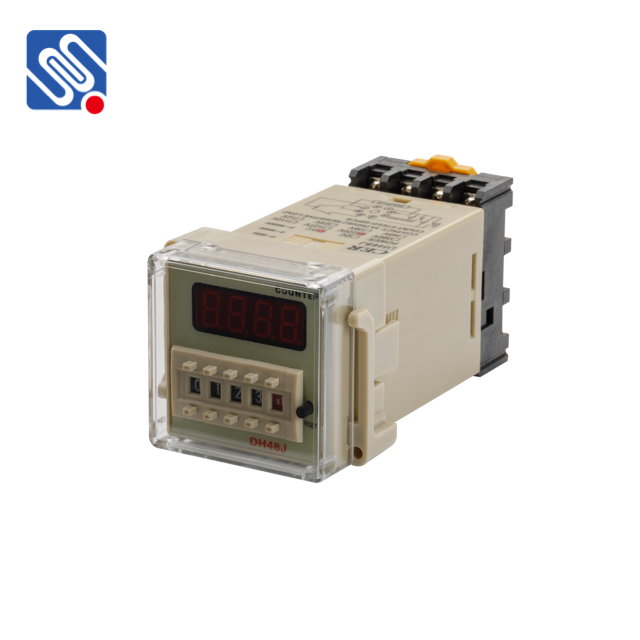understanding relay voltage and the role of meishuo in relay technology
Release time:2025-03-24 07:18:39
Relays are essential components in various electrical and electronic systems. They act as switches that allow a low-voltage signal to control a higher-voltage circuit, providing safety, convenience, and control in many applications. One of the most crucial aspects of relay technology is understanding relay voltage, which is vital for selecting the right relay for a given system. In this article, we will explore relay voltage, how it works, and the role of Meishuo, a leading company in the relay manufacturing industry.

What is Relay Voltage?
Relay voltage refers to the voltage level required for the proper operation of a relay coil. The coil is the component of the relay that activates or deactivates the switch when energized. This voltage is critical because it determines the operational parameters of the relay, ensuring that the system works as intended. Relay voltage can vary depending on the type of relay being used and the specific application. For example, relays can operate with voltages ranging from 5V to 240V, and the voltage must match the system’s specifications for optimal performance.
Types of Relay Voltage

